|
EDITION #2
DIRECTOR''S LETTER
Dear friends,
We are absolutely delighted to let you know that TarraWarra Museum of Art will reopen to the public in mid-July. We're taking the next few weeks to carefully implement measures at the Museum to keep everyone healthy, in accordance with Government guidelines, and can''t wait to share full details of our reopening soon.
At a time when the uptake of a digital experience of culture is high, it is important to unravel the ways in which human experience has become shaped by technology, providing both tools but also challenges in contemporary life. Artists working with (or subverting) new media provide a critical perspective on the technologies that surround us, often encouraging us to see the world through a new lens.
What is at stake when artists engage with technology? We may often think of technology as a tool. But it also presents an opportunity not only for the creation of art, but for opening up our perspectives on its use, influence on society and potential for new forms of creative communication.
Artists have long been driven by these new forms, from analogue technologies like film, photography and video, to digital methods such as robotics, virtual, interactive or augmented reality artworks, bio-art and gaming. Artists exploring these spheres have often collaborated with researchers, scientists, engineers, architects, technologists and designers; from the renowned Nam June Paik and the pioneering Steina and Woody Vasulka to the more recent work of Jonas Lund, a Swedish artist who creates works that critically reflect on networked systems; and the Australian artists Jill Scott, Stelarc, Jon McCormack and Joyce Hinterding and David Haines.
Over the past century, a number of critical thinkers have authored highly influential texts which consider the social and cultural transformations wrought by changes in technology: Walter Benjamin''s The Work of Art in the Age of Mechanical Reproduction (1935), Marshall McLuhan''s Understanding Media: The Extensions of Man (1964); and more recently Geert Lovink's Institute of Network Cultures has explored the use of new media technologies as a critical tool. More broadly, science fiction has been an important touchstone for many artists particularly authors such as Philip K. Dick, Ursula K. Le Guin and, to go back to the origins of the genre, Mary Shelley (Frankenstein; or, The Modern Prometheus (1818)).
The future of interactive media art in a post-COVID-19 world will be interesting to watch as artists and performers adjust to a non-touch environment. Perhaps it will be the elements of closeness, connection and the democratisation of our networked environment that will be expressed by artists in new and foregrounding ways.
Until next time, and we look forward to welcoming you all back in mid-July.
Victoria Lynn
Director
TarraWarra Museum of Art
|
|
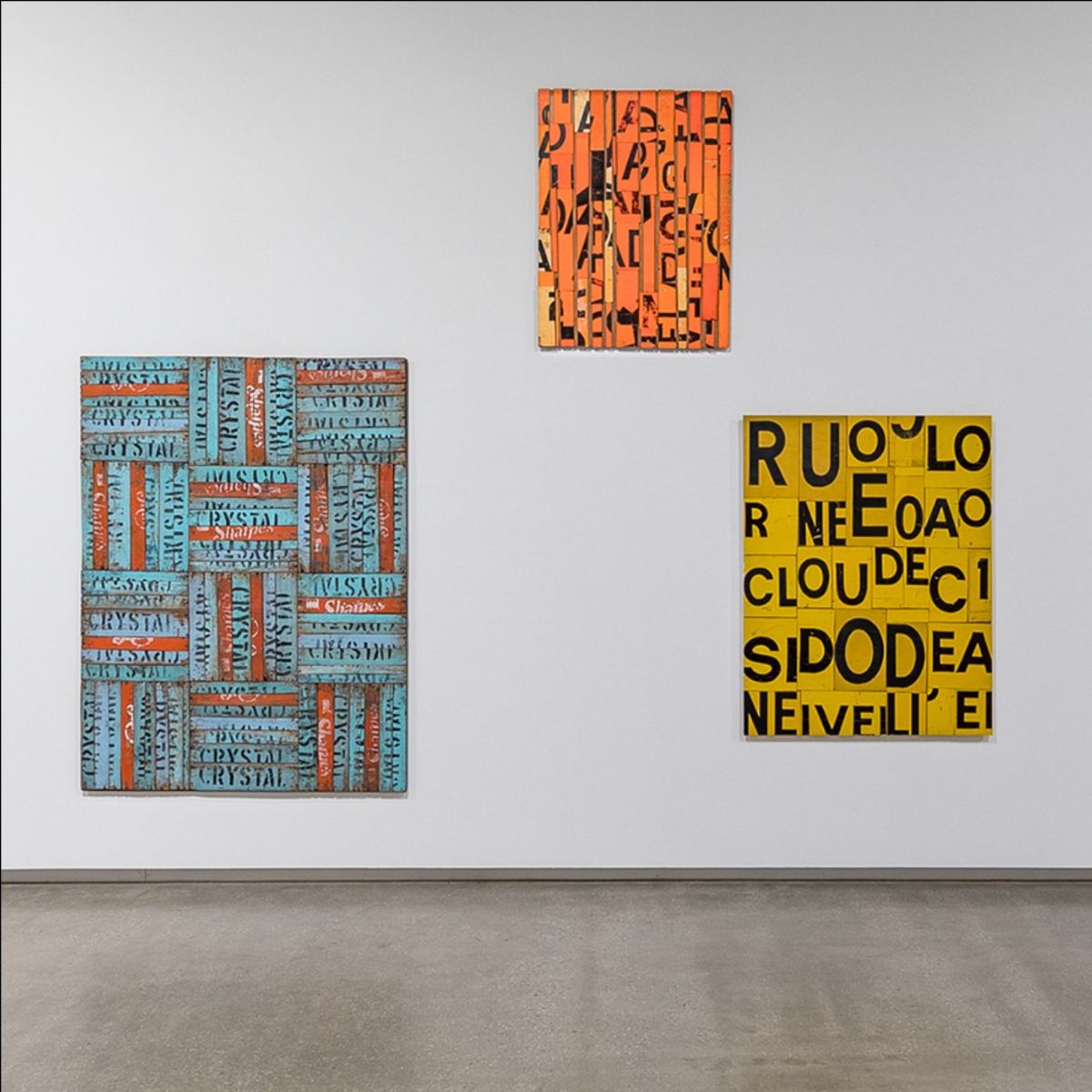
|
EXPLORE
''MAKING HER MARK'' VIRTUAL EXHIBITION
While closed to the public, we invite you to explore our current exhibition Making Her Mark: Selected Works from the Collection virtually. Take a closer look at each artwork, and gain deeper insights with an audio guide narrated by exhibition curator Victoria Lynn.
Making Her Mark: Selected Works from the Collection offers a new appraisal of the work of leading women artists held in the collection of TarraWarra Museum of Art. The exhibition explores the themes arising from works by women artists in the collection-such as memory, landscape and abstraction-and also includes a modest selection of works by male artists that amplify these images, ideas and styles.
|

|
WATCH
ILLUMINATIONS WITH JONATHAN PARSONS, EXPERIMENTA
Who better to discuss the topic of art and technology than the Artistic Director of Experimenta, Jonathan Parsons, who is currently curating Experimenta Life Forms, premiering later this year at RMIT Gallery.
Experimenta is Australia's leading organisation dedicated to contemporary art driven by technology. Working with some of the world's most adventurous contemporary artists, Experimenta champions new ideas about technology, explores creative possibilities and unearths emerging artforms.
Watch our full conversation to hear us discuss the future of interactive media art in a post-COVID world, and the ways in which expanded forms of art can change our understanding of our technological pasts and digital futures.
|
|

|
LEARN
EDWIN TANNER AND JAMES HULLICK
Electronic interests were also present in the 2018 exhibitions Edwin Tanner: Mathematical Expressionist and James Hullick: THE ARBOUR and THE ORRERY. As a professional engineer during the burgeoning of cybernetics and the increasing automation of industry, Tanner was intimately aware of the interdependence of humans and technology, even declaring that he was 'preoccupied with the circuitry of the species'.
James Hullick's sound art-installation vividly brought to life the kind of whirring, twittering and buzzing circuitry and infrastructure which appear in some of Tanner's compositions. Hullick's THE ARBOUR OF DOORS was an enclosed speaker cave made of recycled audio-visual materials which visitors could enter and experience the softly spoken recitations of Tanner's poetry while THE ORRERY OF HUMAN DESIRES, a mechanical model of rotating speakers and analogue synthesisers, emitted a performance of madrigal voices. The two works were conceived of as 'instruments' for expanding audio-visual practice and, like Tanner, challenged conventional perspectives and habitual ways of looking (and listening).
Read the catalogue for James Hullick: THE ARBOUR and THE ORRERY here, featuring an essay by renowned filmmaker, writer, musician and academic Philip Brophy.
|
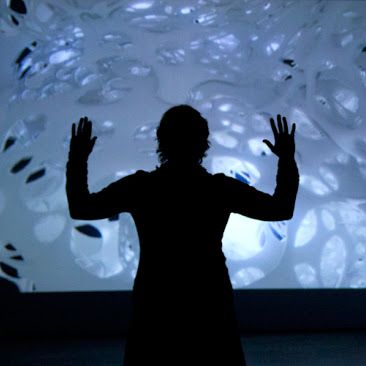
|
WATCH
SONIC SPHERES
Back in 2012, we presented the exhibition Sonic Spheres, as part of our TarraWarra Biennial series.
Sonic Spheres presented an assemblage of artists engaged with sound, music, voice and performance, and included drawings, musical scores, sculptures made from musical instruments, paintings and video. The works invited viewers to listen to art, and find new sounds and melodies.
Sonic Spheres featured a work by Australian artists Joyce Hinterding and David Haines, who often collaborate on large-scale artworks that explore diverse subject matter with a focus on revealing the unseen and the unheard.
The work, Monocline: black boxes, 2011-2012, is a real-time, 3D interactive environment that the visitor can virtually travel through by moving their body in different directions. This short clip shows the artist Joyce Hinterding navigating the abstract space.
In this way, the visitor's body became a conductor of the moving image.
|
|
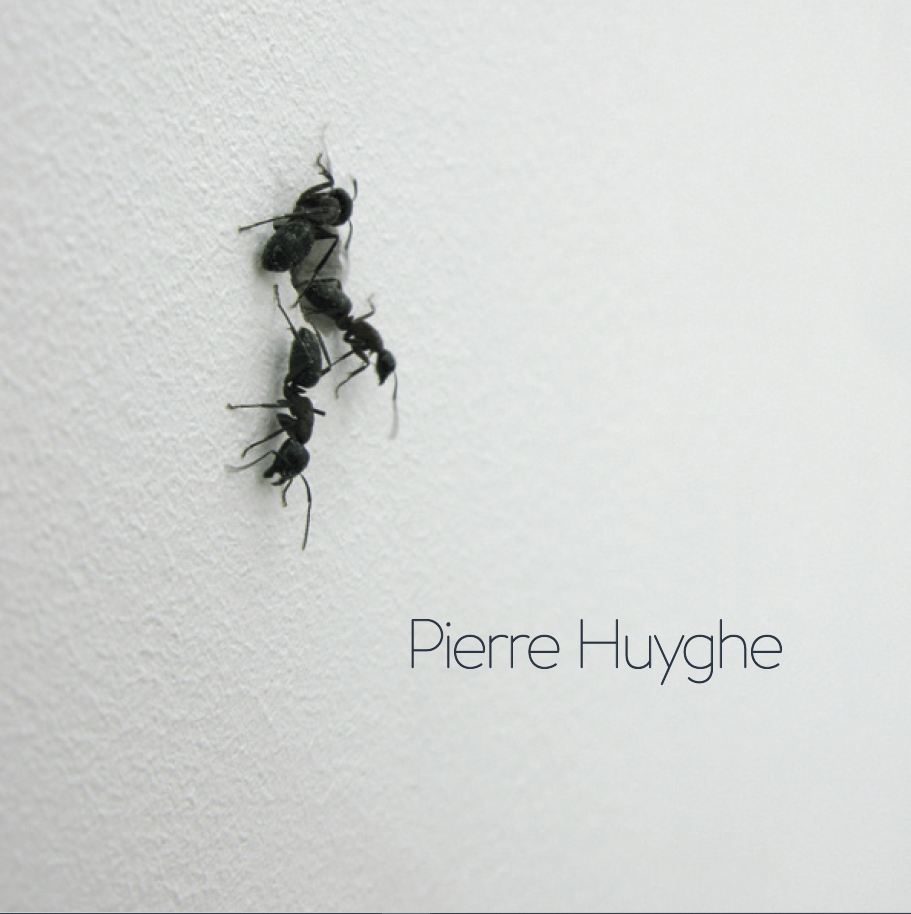
|
READ
PIERRE HUYGHE
We''ve just released the exhibition catalogue for Pierre Huyghe: TarraWarra International 2015, exhibited at TarraWarra Museum of Art from 29 August to 22 November 2015, featuring essays by exhibition curators Amelia Barikin and Victoria Lynn.
This was the first solo exhibition in Australia by internationally renowned contemporary French artist Pierre Huyghe, with works that spanned installation, film, sound and light.
Huyghe''s projects were envisioned as a series of temporal excavations, highlighting art''s potential to generate science-fictional time zones and develop alternate chronological platforms.
|

|
READ
VIDEO VORTEX READER III: INSIDE THE YOUTUBE DECADE
Founded in 2007, Video Vortex is a network of artists, activists, coders, curators, critics, and researchers linked by the exchange of ideas, materials, and discussions both online and offline.
The just-released Video Vortex Reader III: Inside the YouTube Decade responds to a broad range of emerging and urgent topics, from bias in YouTube's algorithms, to the use of video in messaging, image theory, the rise of deepfakes, a reconsideration of the history of video art, a reflection on the continuing role and influence of music video, indy servers, synthetic intimacies, love and sadness, artist videos, online video theory in the age of platform capitalism, video as online activism, and the rise of streaming.
|
|

|
WORKSHOP
MARK MAKING WITH MINNA
Especially for kids and families, this free online workshop is inspired by the bold abstract artworks in Making Her Mark.
Join practicing Melbourne-based artist Minna Gilligan and discover the possibilities of mark-making and using colour to create unique works on paper. Express how you're feeling, harness your imagination, and cultivate your creativity as Minna guides you through a series of drawing activities online. No special materials or equipment required; experiment with common household materials and equipment to make marks!
Thursday 9 July, 10-10.40am, reserve your free spot here!
|
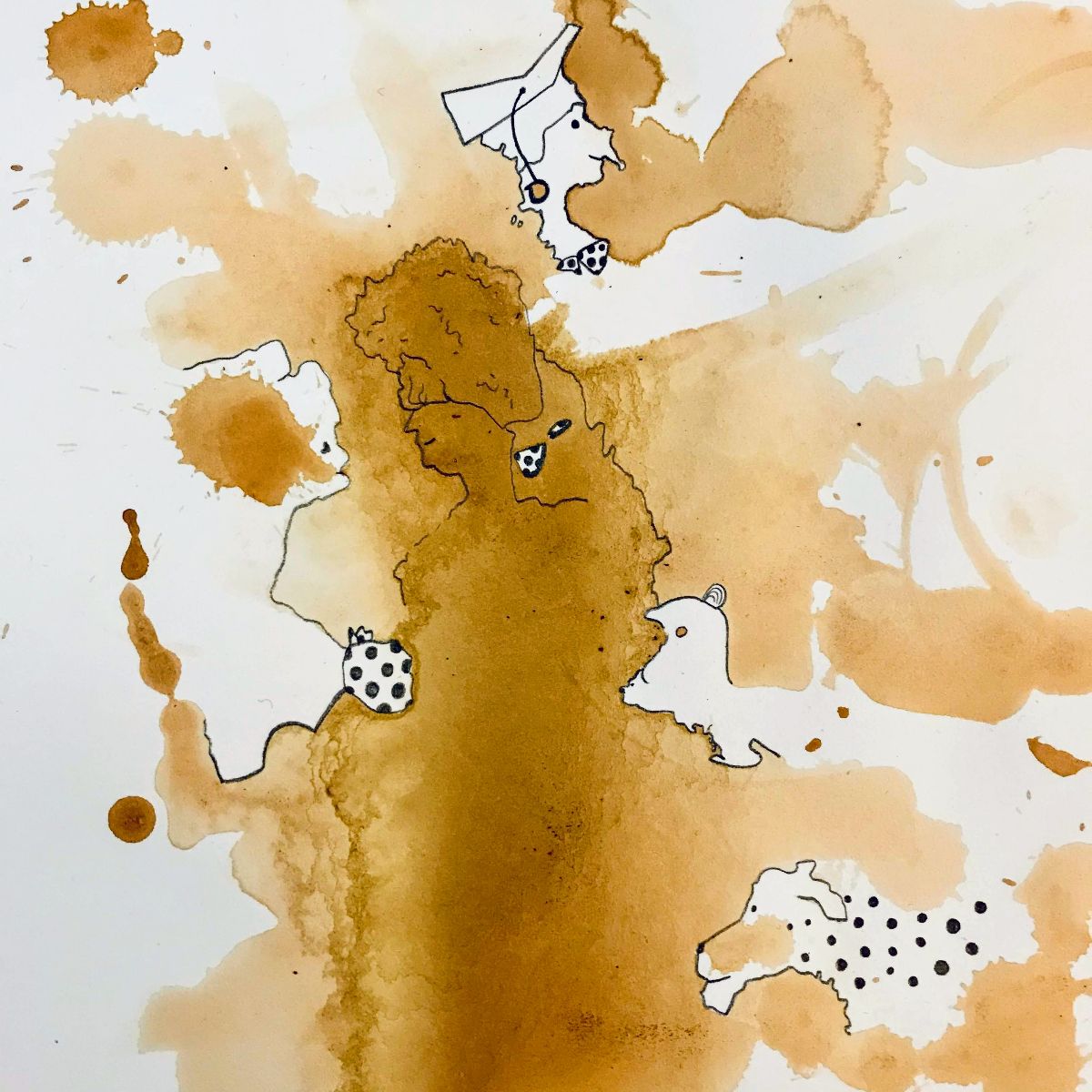
|
MAKE
MAKING MONDAYS
Making Mondays continues every fortnight while we''re closed, with simple activities to keep people of all ages feeling creative and connected to making as part of our #tarrawarraathome series.
Have you ever been stuck on where to start with a blank page in front of you? Writers sometimes experience this when they sit down to write and artists can feel this way when they are about to make a start on a new artwork! Incidental marks can make great starting points for a drawing, sketch, painting, or even a print. Putting something unexpected on the page makes it a lot easier to get those creative juices flowing. Try drawing and doodling around tea stains to create something extraordinary out of a mistake!
|
|
TARRAWARRA MUSEUM OF ART
313 Healesville-Yarra Glen Road
Healesville VIC 3777
T 03 5957 3100
E museum@twma.com.au
|
Read this online
Forward to a friend
  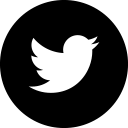
|
|
|
|



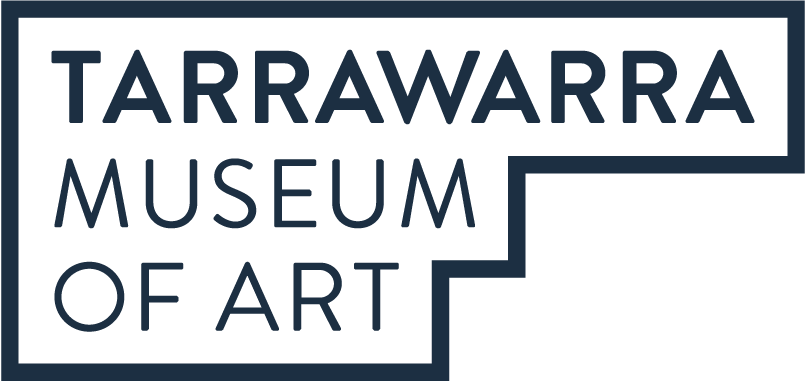

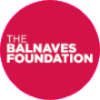
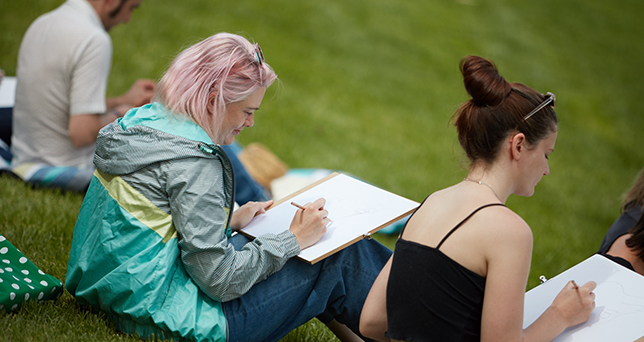
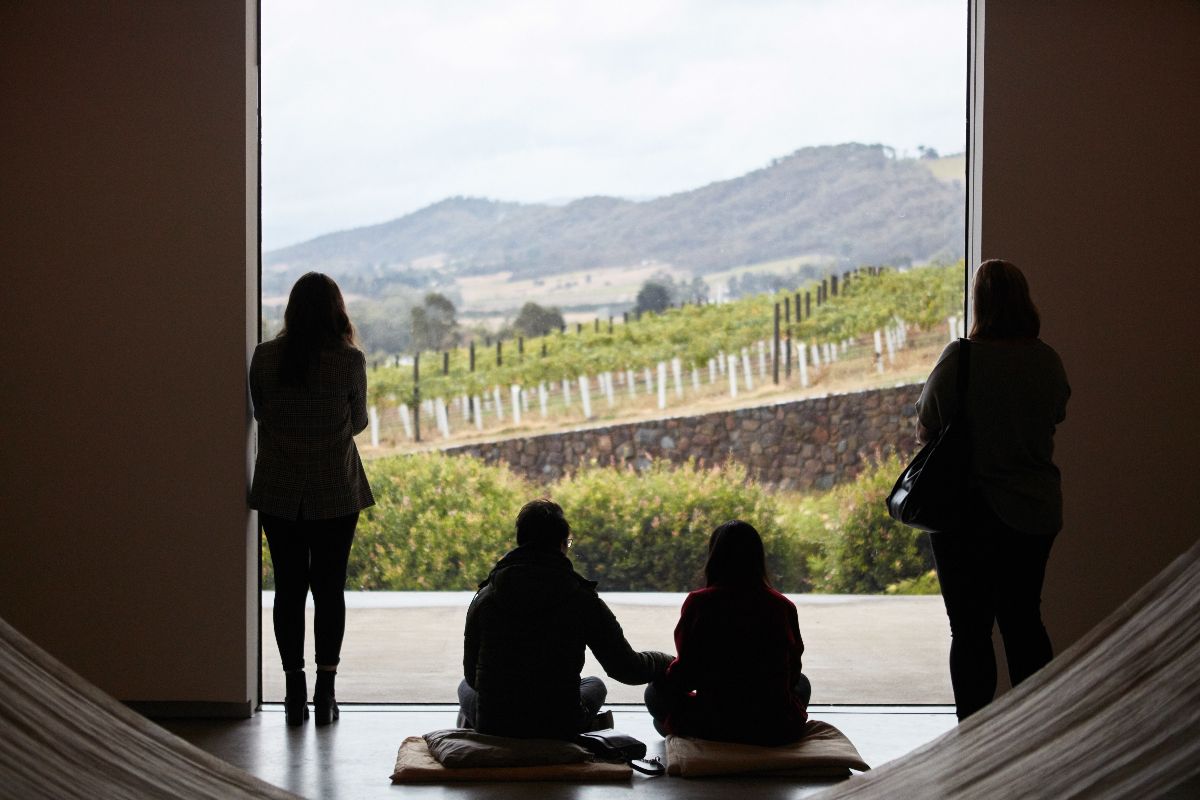

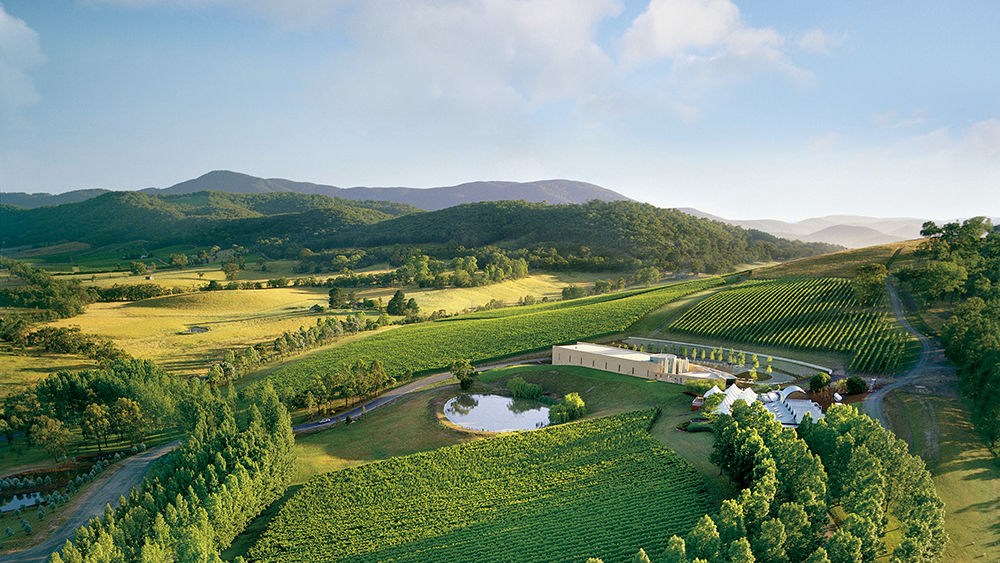
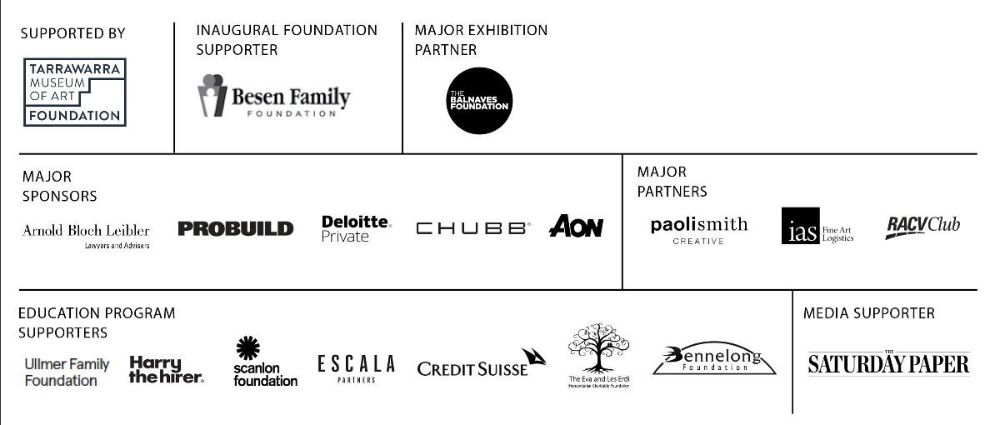
 Arts and Entertainment
Arts and Entertainment Business and Industry
Business and Industry Computer and Electronics
Computer and Electronics Games
Games Health
Health Internet and Telecom
Internet and Telecom Shopping
Shopping Sports
Sports Travel
Travel More
More